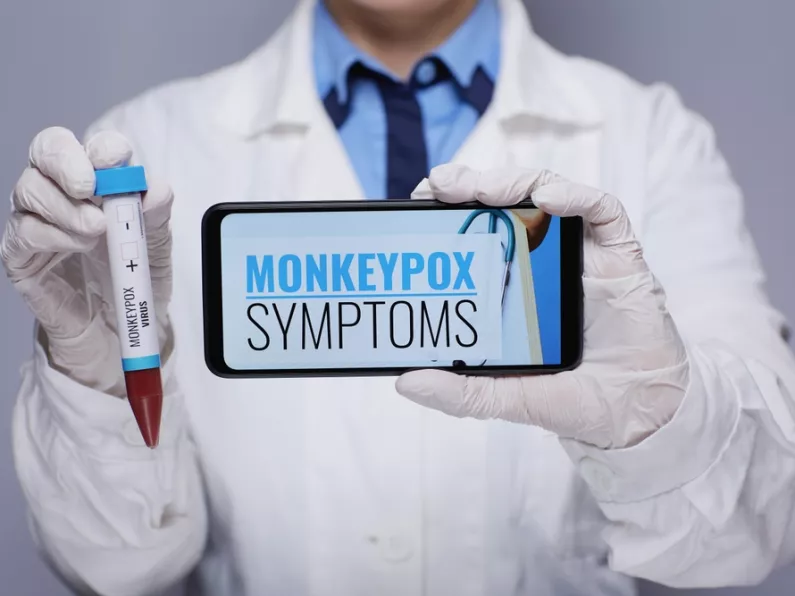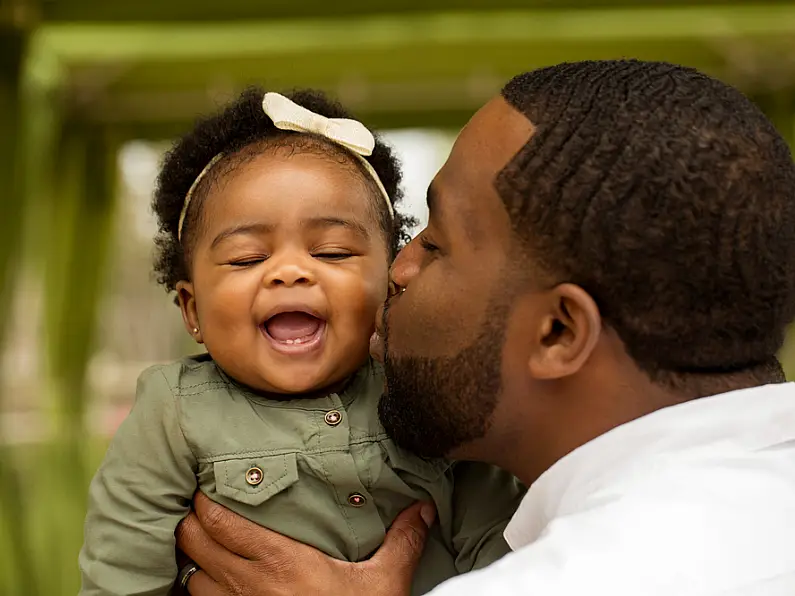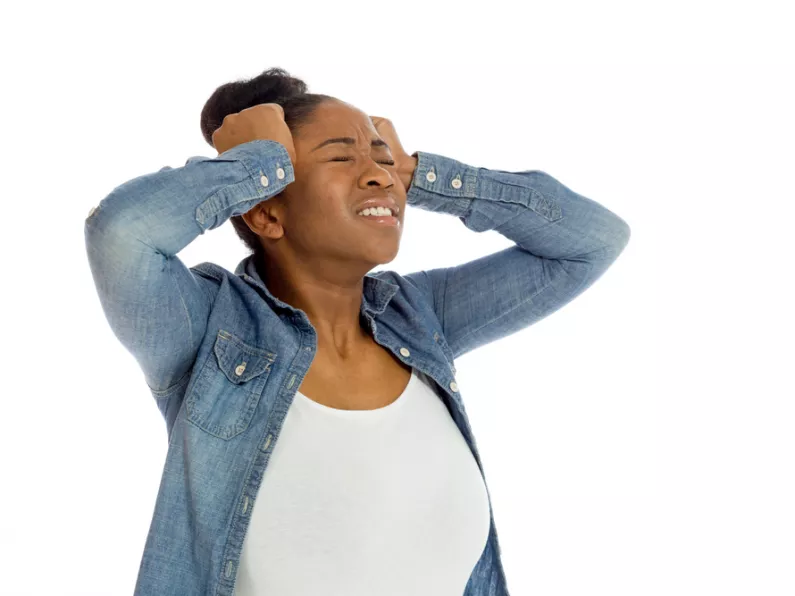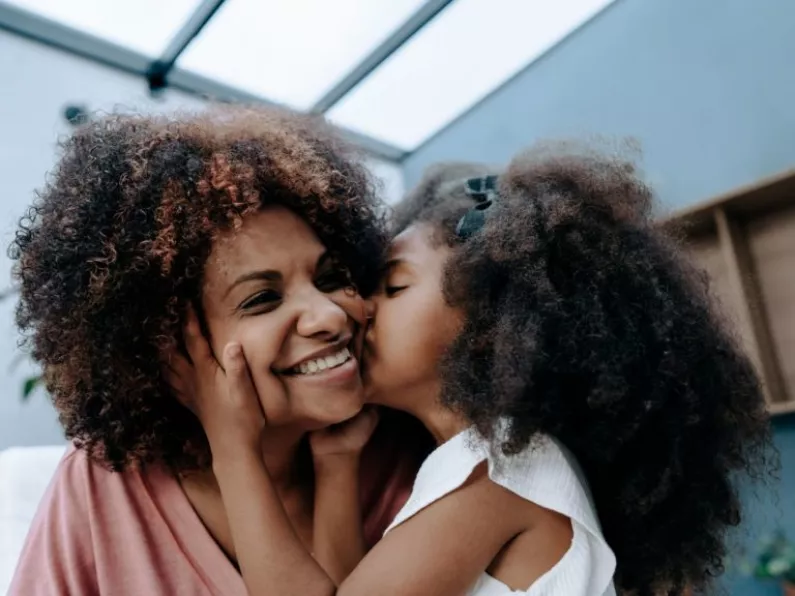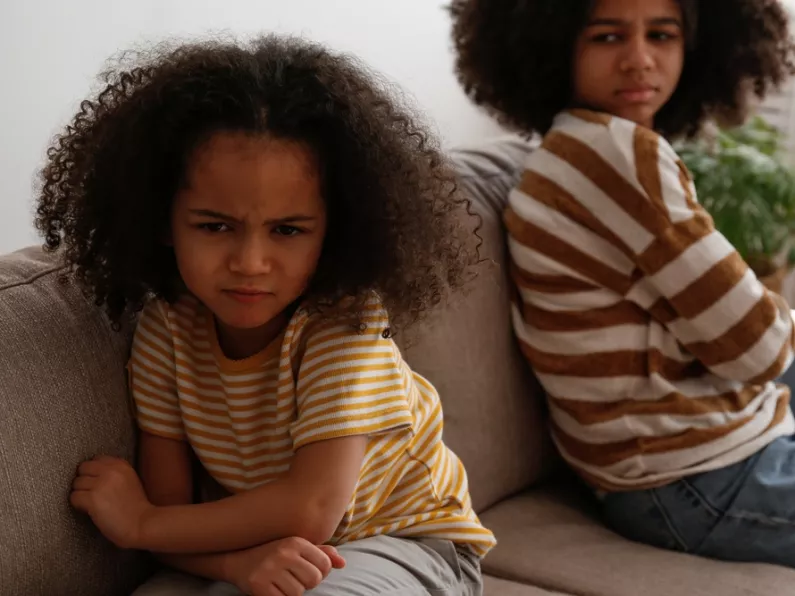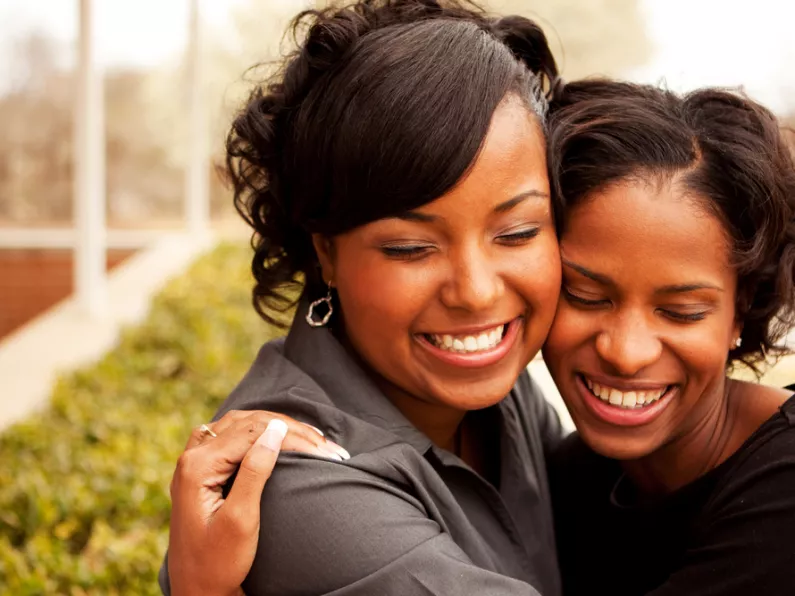Children are typically more prone to severe monkeypox disease than adolescents and adults.
This according to the World Health Organisation, which says: "Data from previously affected countries show that children are typically more prone to severe disease than adolescents and adults."
There have been a small number of children with monkeypox in the current outbreak.
Some children have been exposed to the virus at home from parents, caregivers, or other family members through close contact.
Other children are adolescents who have engaged in sexual activity with someone with monkeypox.
What is monkeypox?
Monkeypox is an illness caused by the monkeypox virus. It can spread from animals to humans, but it can also spread from humans to other humans and from the environment to humans.
The most common symptoms of monkeypox identified during the 2022 outbreak include fever, headache, muscle aches, back pain, low energy and swollen lymph nodes, followed or accompanied by the development of a rash which may last for two to three weeks.
Pregnant women, children and persons who are immunocompromised are at higher risk of contracting the virus.
What to do if your child shows symptoms of monkeypox
The monkeypox rash can at first resemble other common childhood illnesses, such as chickenpox and other viral infections.
If your child has symptoms that could be monkeypox, seek advice from a healthcare provider. They will help to get them tested, and to access the care they need.
Children may be at greater risk of severe monkeypox than adults.
Monitoring
They should be closely monitored until they have recovered in case they need additional care.
A health worker responsible for the child may advise that they are cared for in a health facility.
In this situation, a parent or caregiver who is healthy and at low risk of monkeypox will be allowed to isolate with them.

